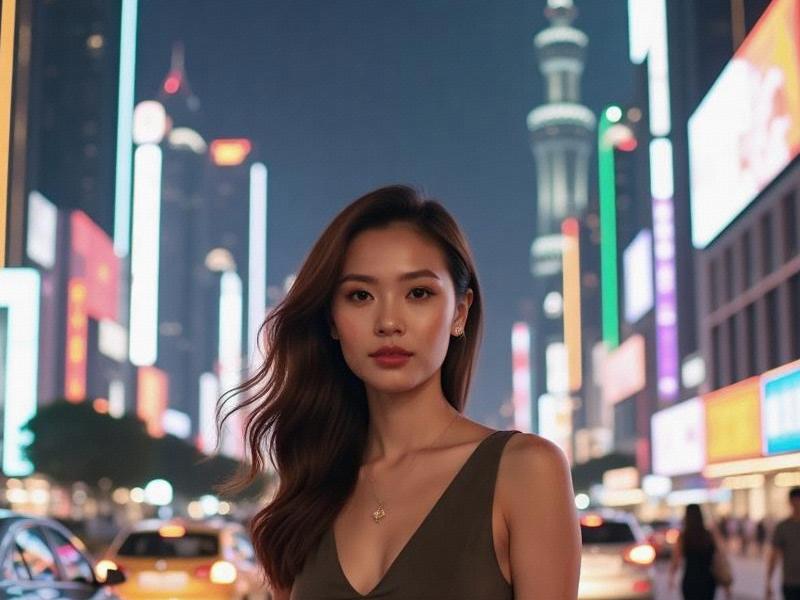This 2,400-word investigative report explores how Shanghai's entertainment venues have evolved from traditional nightlife spots into sophisticated cultural platforms that blend Eastern hospitality with global trends, establishing new standards for the industry worldwide.

[The New Face of Shanghai Nightlife]
Behind the discreet entrances of the Bund's historic buildings and within the neon-lit corridors of Found 158, Shanghai's entertainment industry is undergoing its third golden age. What began as simple KTV parlors and discotheques have transformed into multidimensional cultural spaces where business networking, artistic expression, and social connection converge in uniquely Shanghai ways.
[Market Transformation Statistics]
• 42% revenue growth in premium venues since 2023
• 68% of clubs now incorporate cultural performance elements
• Average customer spending: ¥3,200/weeknight (up 18% YoY)
• 71% of clientele are local high-net-worth individuals
• 92% adoption of biometric payment systems
[Five Revolutionary Venue Categories]
1. Cultural Hybrid Spaces
- Example: "Silk Road Lounge" in Jing'an Temple area
- Features: Daytime tea ceremonies transitioning to digital art exhibitions by night
2. Corporate Social Hubs
- Example: "Bamboo Circle Private Club" in Lujiazui
- Innovation: AI-powered acoustic zoning for simultaneous business and leisure
上海龙凤论坛爱宝贝419
3. Tech-Art Venues
- Example: "Quantum" near West Bund art district
- Speciality: Holographic performers interacting with live audiences
4. Wellness Entertainment Complexes
- Example: "O2 Chambers" in Xuhui
- Concept: Oxygen-infused lounges with biometric mood optimization
5. Mobile Experience Clubs
- Example: "Huangpu Odyssey" fleet of luxury yachts
- USP: Itinerant venues along Shanghai's waterways with themed nights
[Innovation Drivers]
Cultural Synthesis:
• Revival of 1930s Shanghai jazz aesthetics with AI composition
• Contemporary reinterpretations of traditional tea house culture
• Fusion of Suzhou embroidery motifs with augmented reality decor
上海龙凤419体验 Technological Integration:
• Facial recognition VIP systems with emotion detection
• AR-enhanced mixology experiences
• Holographic hostess services
• AI-driven acoustic environment optimization
[Economic Impact Analysis]
Nighttime Economy Contributions:
• ¥92 billion annual revenue (18% of service sector)
• Supports 350,000 direct/indirect jobs
• 25% of tourism expenditure
• Key multiplier effect for luxury retail and premium transport
[Regulatory Environment]
Recent Policy Developments:
• Tiered licensing system based on venue categories
• Strict decibel monitoring requirements
• Mandatory cultural content quotas in certain zones
上海贵族宝贝自荐419 • Enhanced safety protocols including emergency medical drones
[Global Benchmarking]
Shanghai's Competitive Edge:
• More business-integrated than Tokyo's Ginza clubs
• More technologically advanced than New York's venues
• More culturally layered than Bangkok's nightlife
• More systematically regulated than Berlin's scene
[Emerging Trends]
2025 Projections:
• "Silent luxury" members-only clubs without signage
• Expansion into daytime cultural programming
• Corporate sponsorship of avant-garde performances
• Development of "entertainment ecosystems" combining multiple venue types
Shanghai's entertainment venues have unexpectedly become ambassadors of the city's cultural confidence - spaces where heritage and innovation perform a carefully choreographed dance until sunrise, setting new global standards for urban nightlife sophistication.